Eduardo Chillida - Original Lithograph 1982 Dimensions: 38 x 28 cm Printed signature Source: Derrière le miroir (DLM) 250 Text on verso, no show-through Eduardo Chillida was born on January 10, 1924, in San Sebastián, Spain. He began his career in 1943 studying architecture at the University of Madrid, but in 1947 he turned to drawing and sculpture and by 1948 had moved to Paris, then the world capital of the arts. Although he abandoned his studies, his oeuvre betrays his architectural training, displaying an underlying sense of structural organization as well as discipline in materials, planning of spatial relationships, and scaling of elements. Through the years the artist turned to materials that informed his investigations of conceptual questions and metaphysical concerns. Chillida’s early attempts in stone and plaster oscillated between the human and the natural world using figures and landscape imagery. His return to Spain’s Basque country in 1951 signaled a change in vision and medium, focusing more on the metamorphosis of space and the definition of spatial volume through form. Chillida soon abandoned the plaster he had used in his Paris works in favor of iron, then wood and steel. These materials represent Basque traditions in industry, architecture, and agriculture, as well as recall the landscape and “black light” of the region. Travels to Greece; Rome, Umbria, Tuscany, all in Italy; and Provence in France in the 1960s ignited what would be a lifelong interest in the relationship between light and architecture. Chillida began using alabaster for its illuminated yet veiled appearance, such as in the sculpture How profound is the Air (1996). Despite his use of varied mediums, Chillida’s intentions of simplicity and balance never allowed for the material to take on a form foreign to its nature. Consistently driven by the quality of space, density, and rhythm, his works consider ways in which mass and volume contain space. His public works, which exist on a more massive scale, not only inhabit space but also determine a qualifying space of their own. Major retrospectives of Chillida’s graphic and sculptural work have been mounted by the Museum of Fine Arts, Houston (1966); Carnegie Institute, Pittsburgh (1979); National Gallery of Art, Washington, D.C. (1979); Guggenheim Museum (1980); Palacio de Miramar, San Sebastián (1992); and Museo nacional centro de arte Reina Sofía, Madrid (1999). Chillida’s monumental sculptures designed for both urban and more reclusive spaces are permanently installed internationally and comprise a major facet of his artistic production. Chillida received numerous awards, including the Grand International Sculpture Prize at the Venice Biennale (1958), Kandinsky Prize (1960), Carnegie Prize for Sculpture (1964), Andrew Mellon Prize (1978, with Willem de Kooning), Grand Award for Arts in France (1984), and Jack Goldhill Award from the Royal Academy of Arts in London (1996). In 2000, the Chillida-Leku Museum, a monographic exhibition space, opened in San Sebastián. Chillida died in San Sebastián on August 19, 2002.

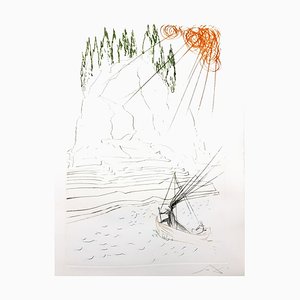
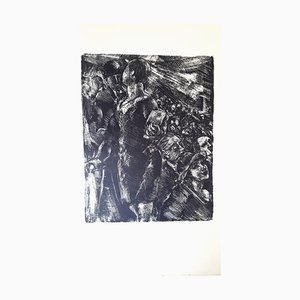
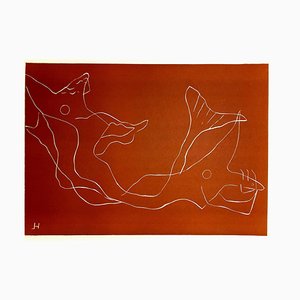
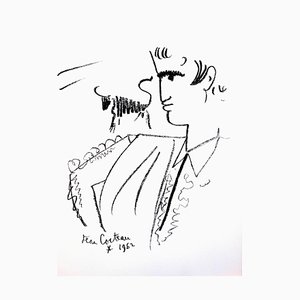
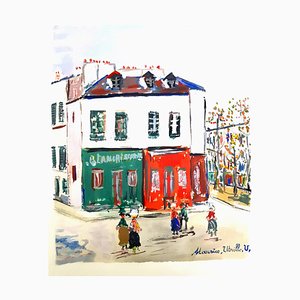
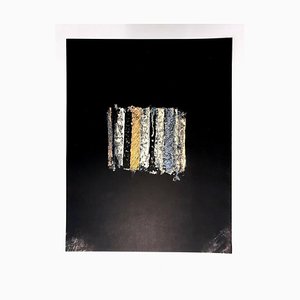

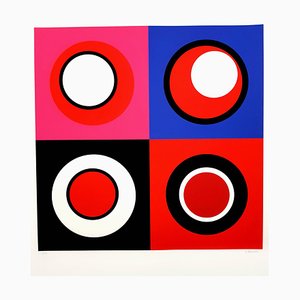
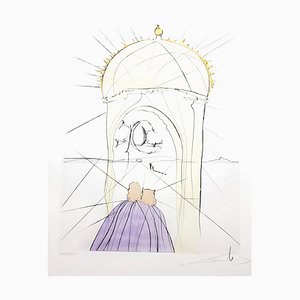
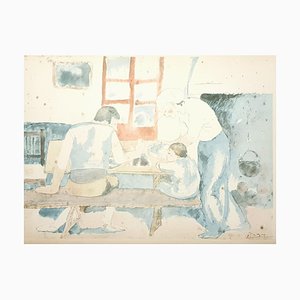
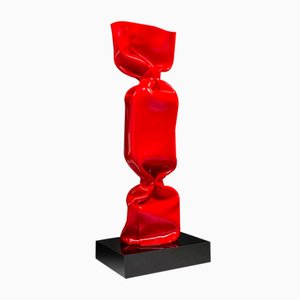
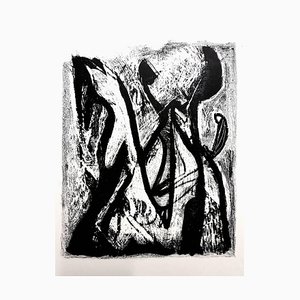

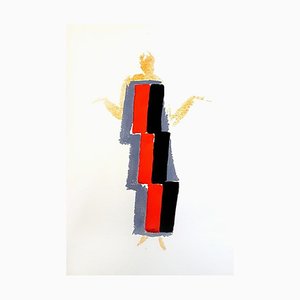
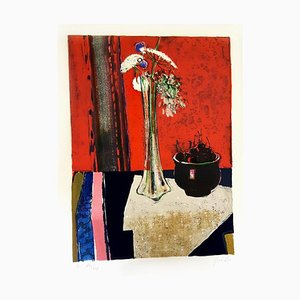
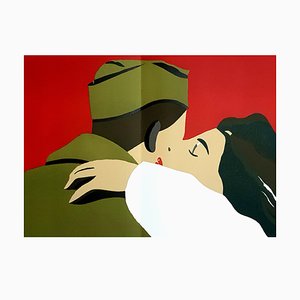


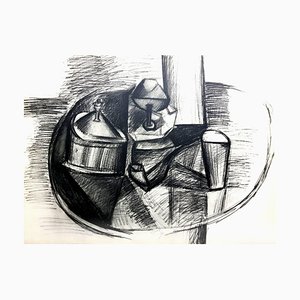
Get in Touch
Make An Offer
We noticed you are new to Pamono!
Please accept the Terms & Conditions and Privacy Policy
Get in Touch
Make An Offer
Almost There!
To follow your conversation on the platform, please complete the registration. To proceed with your offer on the platform, please complete the registration.Successful
Thanks for your inquiry, someone from our team will be in touch shortly
If you are a Design Professional, please apply here to get the benefits of the Pamono Trade Program